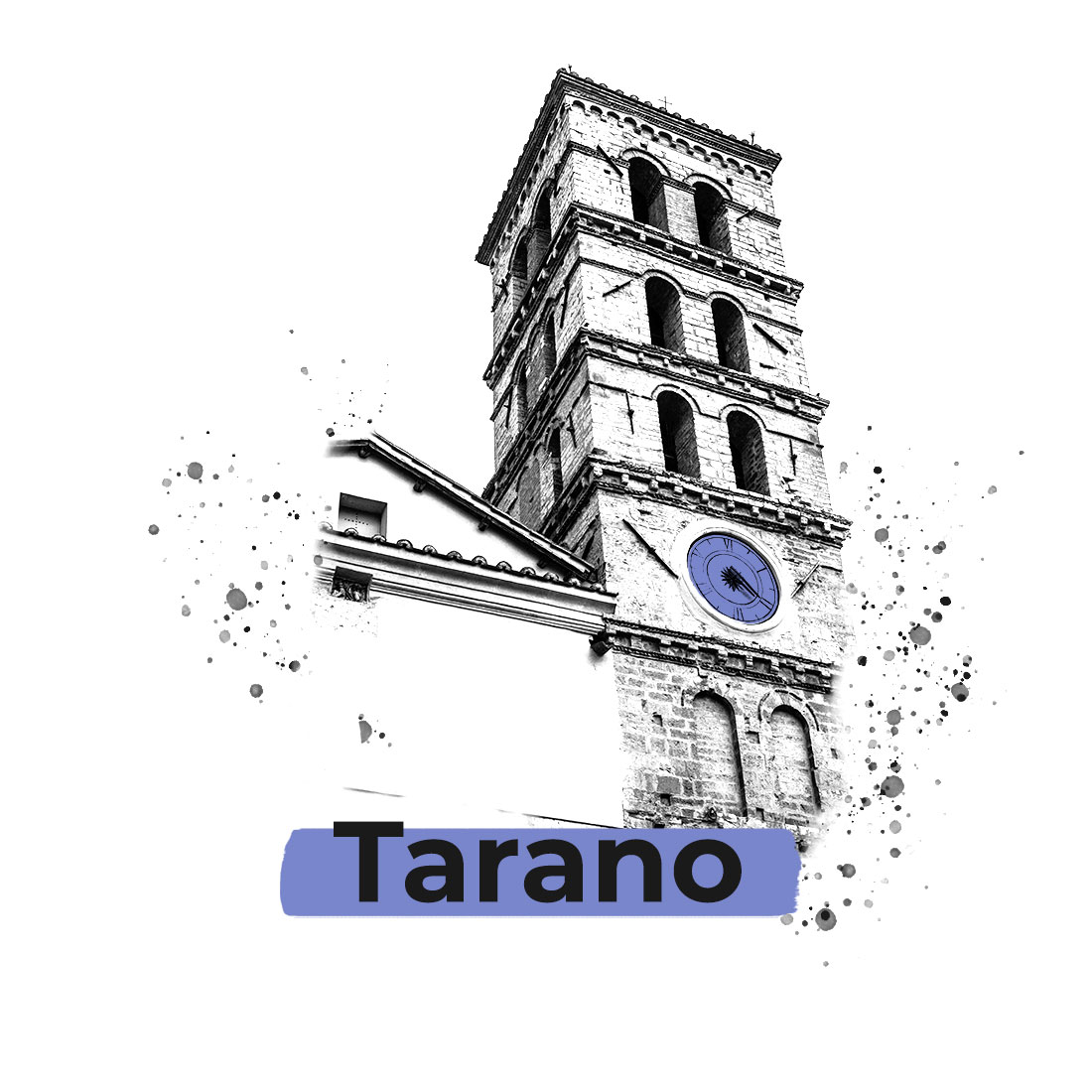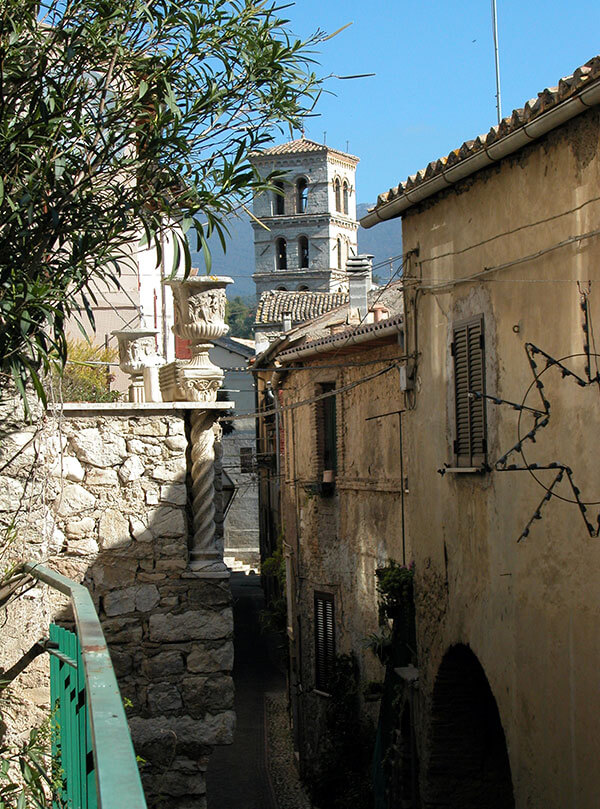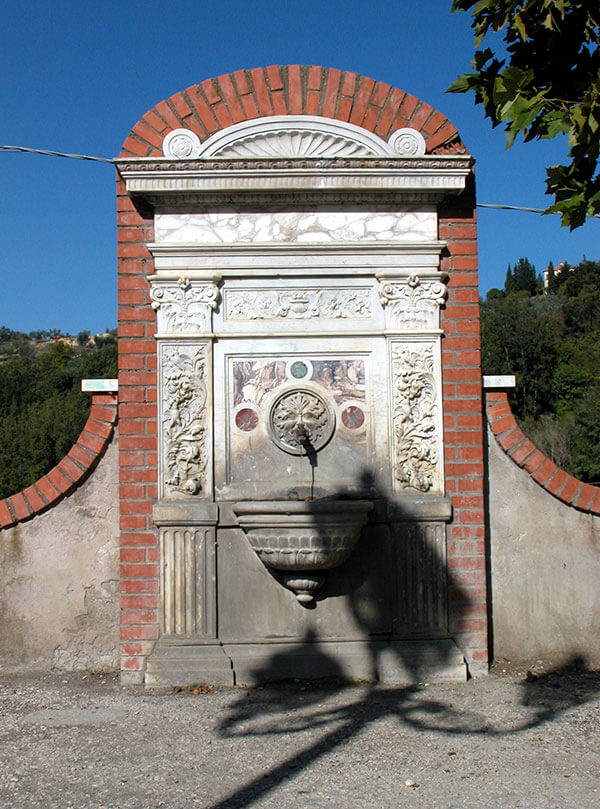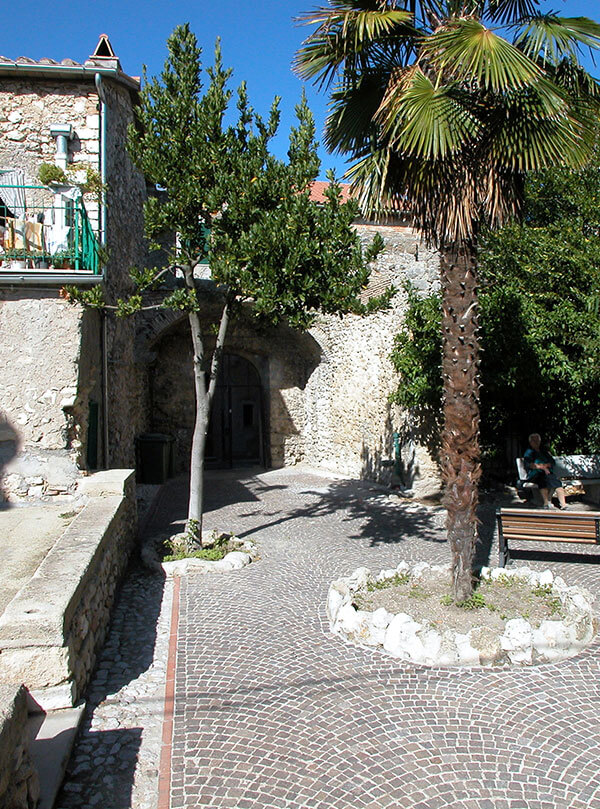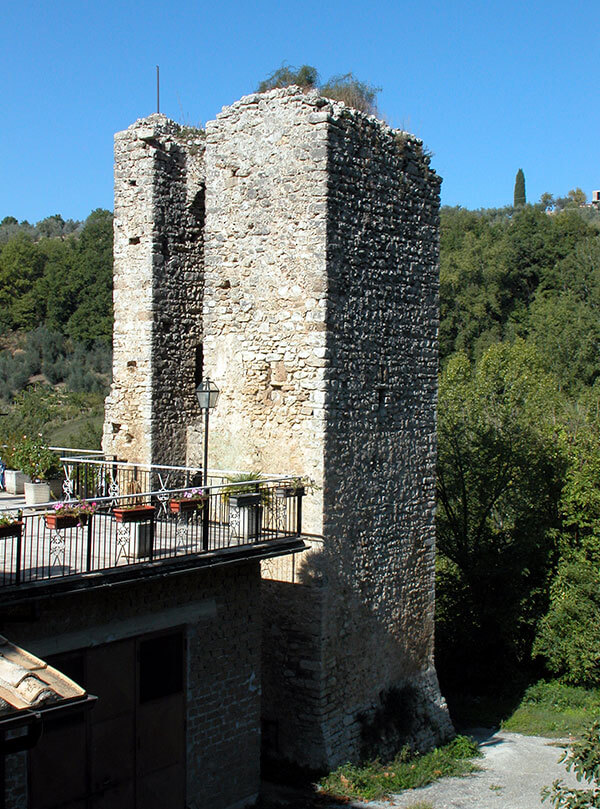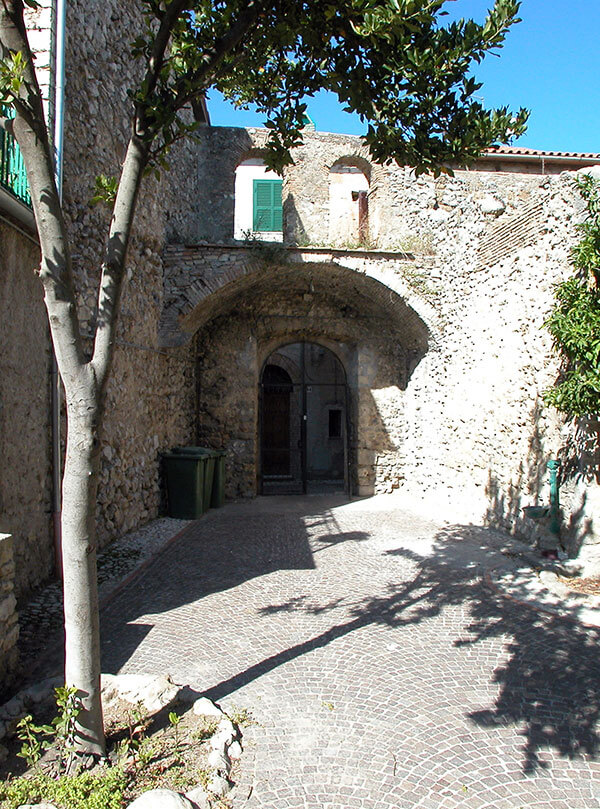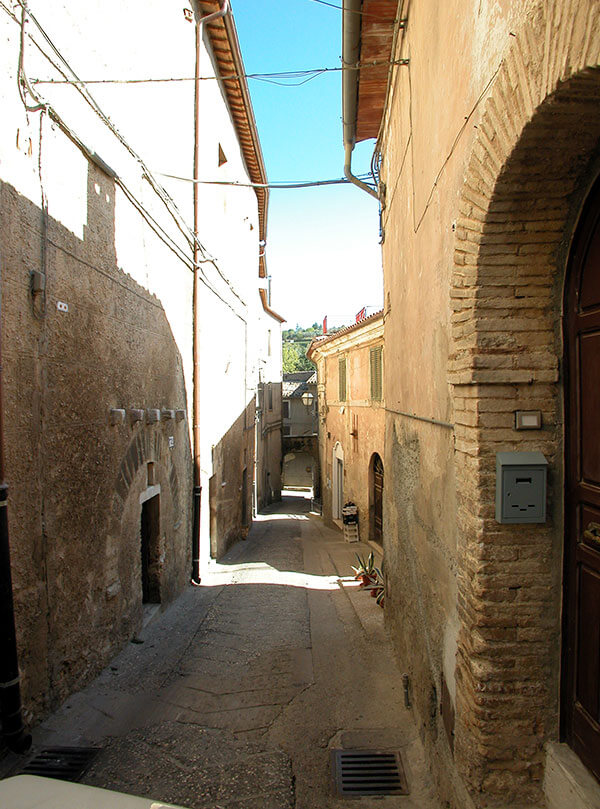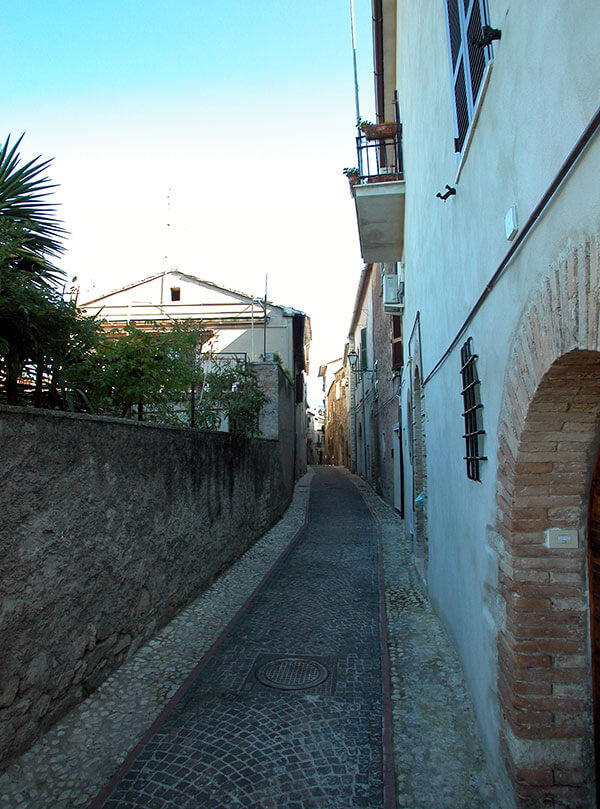Historic center of Tarano

Position
Via Roma, 2
02040 Tarano (RI)

Opening hours
always open

Contacts
Tel.
Mail:
The village is spread over the characteristic hills, rich in ancient aromas and flavors, surrounded by olive groves and unspoiled nature; the history and culture that have accompanied it to our days have made it a place where time has stopped to allow the visitor to enjoy the pleasure of finding the ancient traditions and the splendid welcome that modernity desires.
The historic center of Tarano offers the view of an unexpected medieval scenery with its tower houses, the stone dwellings perched and joined to each other, which enclose the space of the grandiose pre-Romanesque cathedral, from which the beautiful bell tower of the twelfth rises. century.
Even the toponym “Tarano” invites a historical review of the site and arouses amazement for the correspondence of the Tarano voice with that of “Taranis”, God of lightning and storms, revered by the Celtic tribes who, in their religion of nature, preferred places and forms of worship linked to the hills, to the waters, to the identification of sacred woods.
Video
CURIOSITY
The Castle of Tarano
For Tarano, whose toponym most likely indicates a site located at the confluence of two watercourses, the first news dates back to 952, when during an important exchange of land assets located near Magliano, he appeared as an expert, bonus homo extimator, Sergio da Tarano, which makes the existence of the castle plausible before this date. Farfa’s interests in this area became consistent in the first decades of the 11th century.
Even the popes, starting in particular Nicholas II, had begun to gradually extend their dominion within the diocesan territory through an increasingly dense network of directly controlled castra specialia that ended up suffocating the Farfa possessions in this area. At the beginning of the twelfth century Paschal II, with the new bishop of Sabina, Cardinal Crescenzio, belonging to the family of the same name, put in place a new strategy to counter, counterbalance and then reduce the Farfa influence in the area. The first known move was to go to Sabina
We know very little about this journey, its itinerary and its stages; the only certain thing is that on 7 September 1109, Pope Paschal II was in Tarano. Now subject to the Holy See, Tarano corresponded a census of six pounds of provisini, as recorded by Cencio camerario In 1347 Tarano submitted to Cola di Rienzo and rebelled several times, in particular between 1351 and 1352 and was brought back to obedience with great difficulties due to the resistance opposed by the strong Ghibelline party, which found encouragement and aid in Narni. In this period, as attested by the chamber register of Cardinal Albornoz of 1364 Tarano had managed to extend his dominion over the nearby castles of Cicignano, Fanello and Montebuono
The decline of Tarano as a free municipality began in 1372, when it was given in the third generation to a noble from Perugia, Francesco degli Arcipreti, who was part of a family strongly linked to the Church. In 1392 Pope Boniface IX arrived in Tarano on the morning of Saturday 4 October, where he also stopped on Sunday. Restarted from Tarano on Monday, on the same day he reached Narni, after confirming the district rights on Cicignano
In 1399 Paolo Savelli, to recover a credit of 20,000 florins that his father Luca boasted with Pope Benedict XI, violently occupied the castle of Tarano. The Savellis’ dominion over the castle materialized in May 1409 when Gregory XII, in the third generation, gave Tarano and Montebuono to Battista Savelli.
Having become an autonomous municipality, in 1853 Tarano had reached 411 souls, 53 of which scattered throughout the countryside, 82 families, 81 homes.





